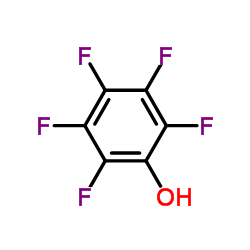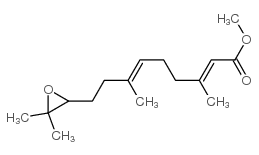| Structure | Name/CAS No. | Articles |
|---|---|---|
 |
Pentafluorophenol
CAS:771-61-9 |
|
 |
Juvenile Hormone III (trans-trans-10,11-Epoxyfarnesenic Acid methyl ester)
CAS:24198-95-6 |